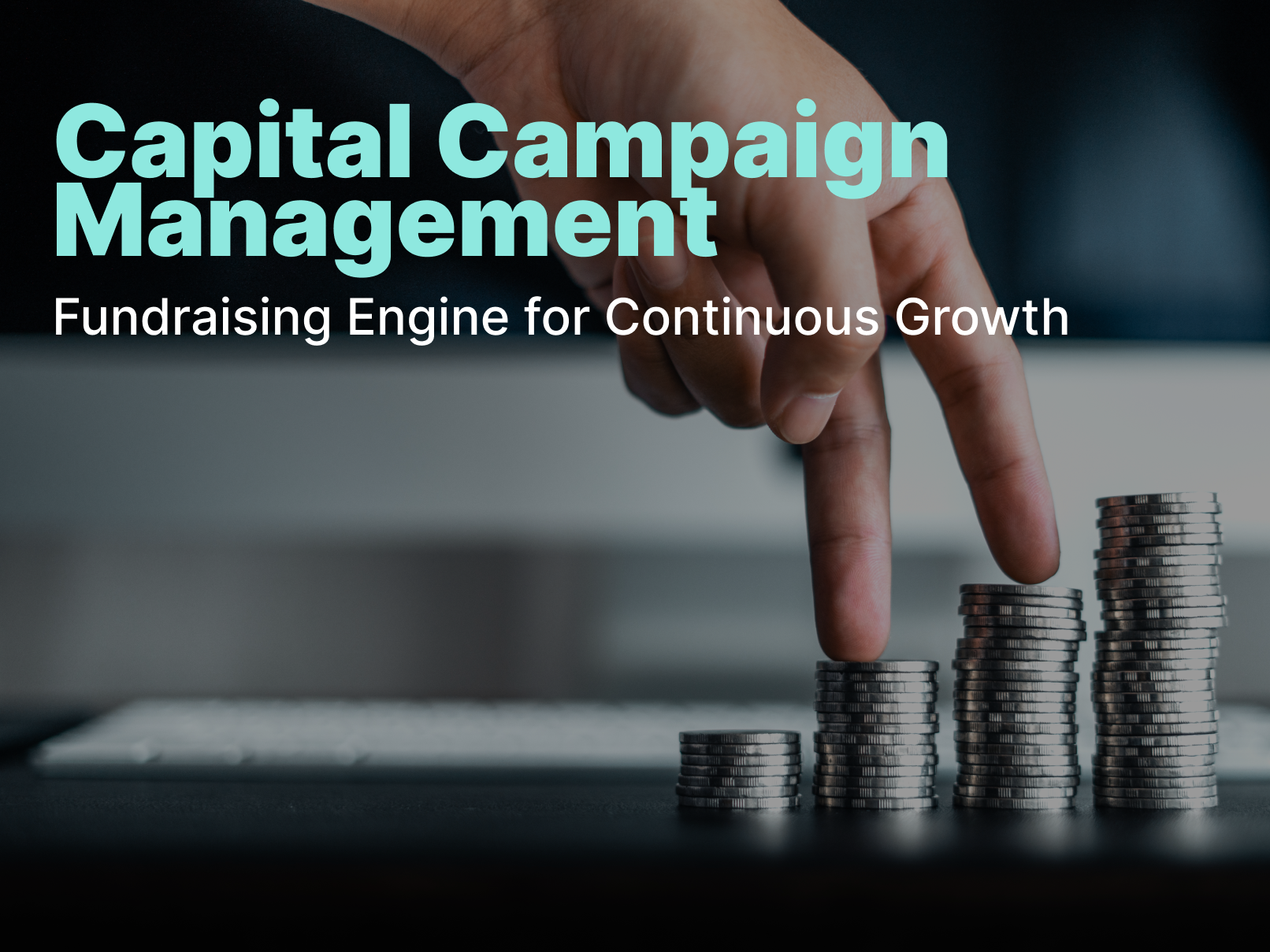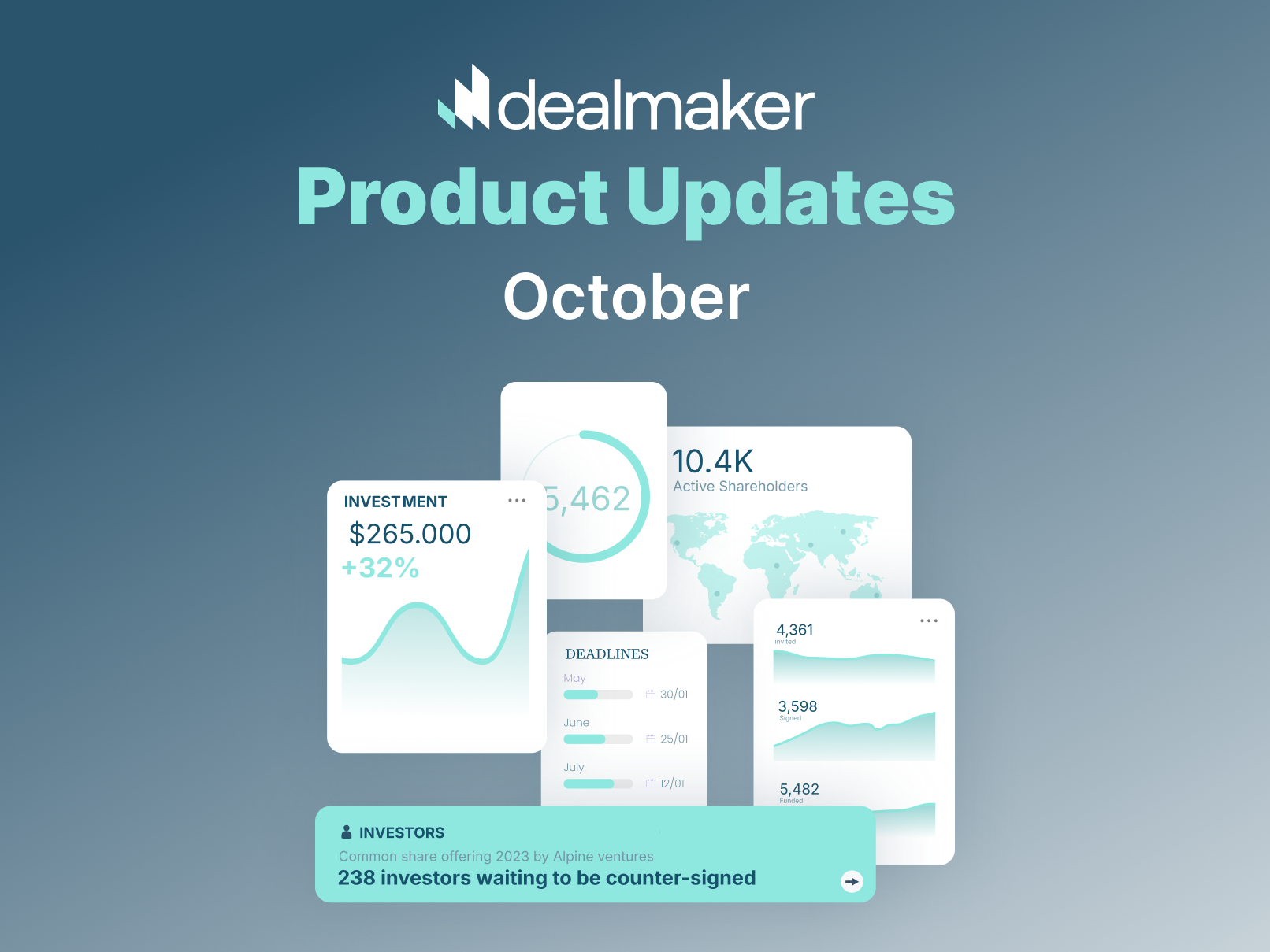Raise Capital
September 6, 2022
Equity Crowdfunding is Closing the Gender Gap
The illusion in the start-up world is that anyone can have a great idea and bring it to fruition with grit, determination, and a lot of hard work. A key part of bringing a founder’s vision to life is securing funding in order to build a product, app, or service. Without capital, the founder’s vision will forever remain only a vision.
Raising capital is tantamount to success. It’s never just been about grit and a good idea. Connections, networking, and getting in front of the right people are all key to getting your idea off the ground.
And after you’ve made these connections and gotten in front of the right people - then what? Does the funding go to the best idea or the strongest founder with the most solid plan?
Consider this:
In 2021, female founders got 2% of all venture capital (VC) dollars - which was the lowest percentage since 2016. And since 2011, the highest that statistic has ever been was 2.7%.
And not only are female founders getting just the tiniest sliver of the pie, but the check sizes are also smaller (by about 20%) when compared to similar valuations of male-led startups.

And although it was a record year for female (co-)founders in 2021 as seen in this graph, the $56Bn still only represents a small sliver of the VC pie.

VC firms still have a lot of work to do when it comes to ensuring that equity raises are, well, equitable.
The traditional approach of raising capital is still lagging for female founders and co-founders. What about minorities and POC founders?
In 2020, Black and Latinx founders only represented 2.6% of all VC funding ($2.3Bn).
So it would seem that neither female founders nor POC founders have ever gotten more than a 2.7% share of the total funding pie.
The silver-lining is that there are many VC firms that are specifically focused on bridging this gap and ensuring that founders from all walks of life get in front of investors. But change is coming slowly and progress seems to have stalled since 2020.

Opening the Pre-IPO Markets
The only truly material change that has improved the statistic of female and POC founders getting less than 3% of the funding has been the advent of Investor Crowdfunding primarily via Reg CF and Reg A+ capital raise exemptions.
Investor Crowdfunding (also known as Equity Crowdfunding) basically sells your pre-IPO deal to the crowd (the public). The JOBS Act provided exemptions to the ‘accredited investor’ requirement in 2015, and this change has enabled founders that were locked out of VC money to find a new source of capital.
Non-accredited investors are your customers, your fans, and the general public.
So, if you’ve built a following and are mid-growth and need to raise capital - you don’t have to give away control and equity to a VC firm. Conversely, if you don’t even get a meeting with a VC firm - you have an incredible tool at your disposal to raise funds with the crowd.
And this new phenomenon has had a material impact on female and minority founders.
According to KingsCrowd data, looking at Reg CF deals since 2020 - here is the comparison:
Start-ups with female founders represent between 10% and 15% of all Investor Crowdfunded deals since 2020.

And startups with POC founders represent between 10% and 28% of all Investor Crowdfunded deals since 2020.

Going from 2.7% to 28% is a material improvement in access to capital. Investor Crowdfunding is truly democratizing access to capital for founders who have been routinely overlooked or shut out.
And Investor Crowdfunding is just really getting off of the ground. The first full year it was available was 2017, since then it’s grown from $49.2M total raised to over $507M in 2021.
But there’s more.
Not only is crowdfunding raising capital for founders that weren’t represented via traditional funding options, but it’s also creating a really interesting new phenomenon of “Impact Investing.”
So, not only is the crowd more likely to invest in a great idea - regardless of who the founder is - but the crowd is also choosing investments based on their social impact for good. VC firms want returns and term sheets while the public wants to invest in companies that make the world a better place.
Social impact isn’t often measured by VC firms, but these types of companies represent about 30% of the funding raised via Investor Crowdfunding for the first half of 2022.
This trend is largely a generational one - as the Boomers retire and make less investment decisions, Gen X and Millennials are representing a large and socially and environmentally conscious generation, and impact investing is expected to reach the mainstream.
A 2021 study conducted by Fidelity Charitable reports:
• 61% of millennials are active impact investors vs. 23% of baby boomers
• 62% of millennials say impact investing has a higher potential to create long-term change vs. 28% of baby boomers
• 66% of millennials believe in the financial viability of impact investing vs. 23% of baby boomers
These trends cannot be over-emphasized. Where VC firms are protecting their own interests and their investments (as they should), Crowdfunded deals are protecting access to capital for anyone overlooked by traditional funds. Now, anyone with a good idea or who truly wants to make an impact in the world can get access to capital with a community ready to stand behind them and their journey.

Your submission has been received. We will reach out to you via email to schedule a call.
Oops! Something went wrong while submitting the form.



.png)





.webp)
.webp)
.webp)
%20(1).webp)

.webp)